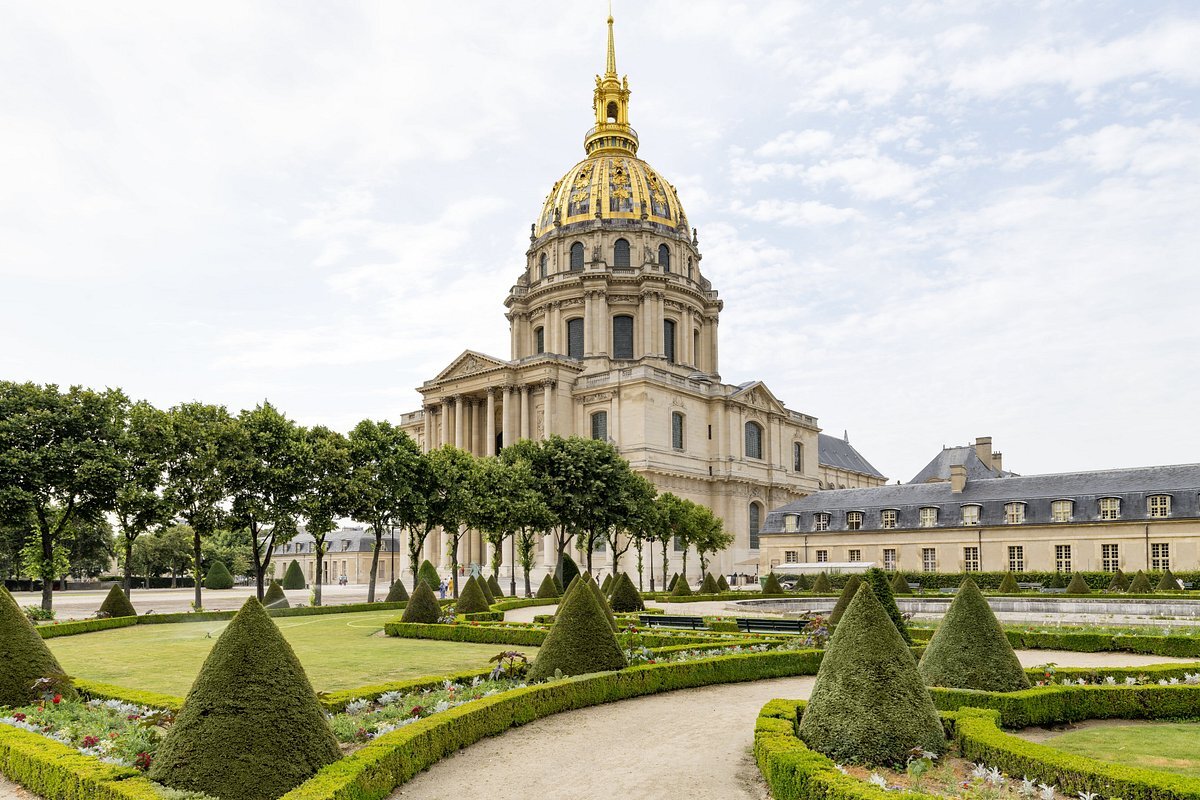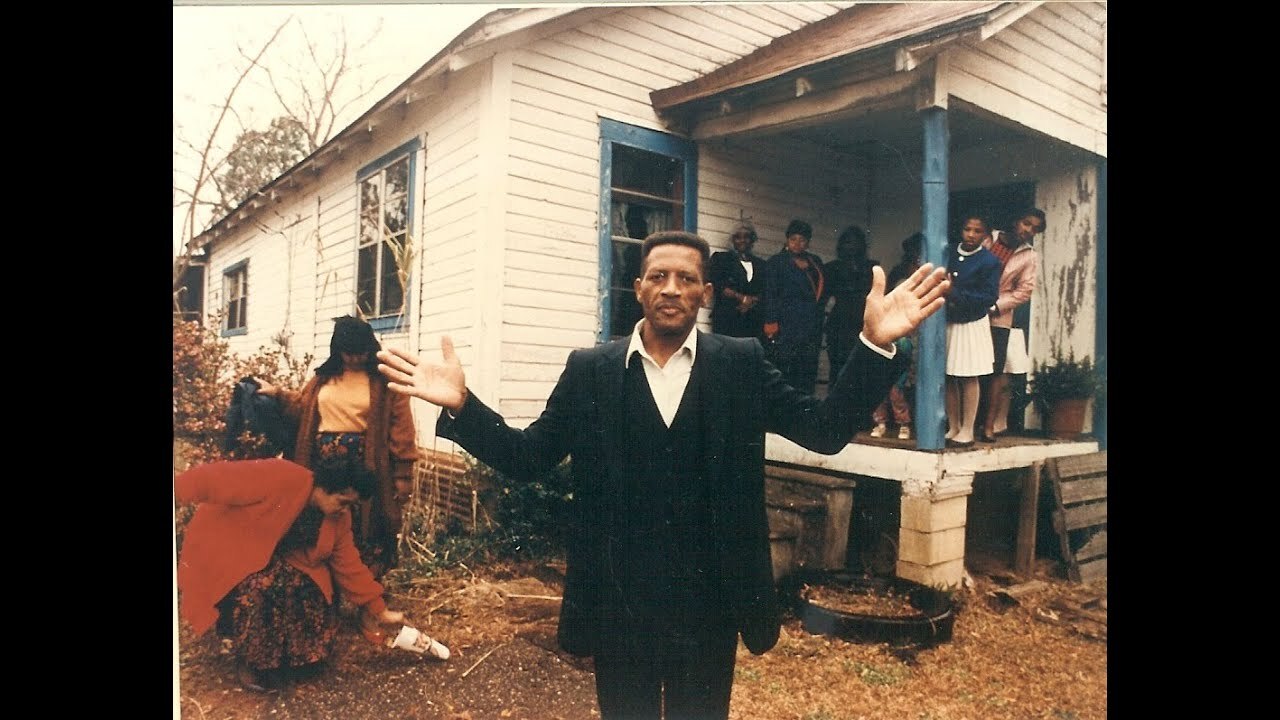
Les Invalides is a stunning architectural marvel in Paris, France, that holds a treasure trove of history. Ever wondered what makes this place so special? Les Invalides isn't just a beautiful building; it’s a complex with museums, monuments, and even a hospital. Built by Louis XIV in the 17th century, it was initially designed to house war veterans. Today, it’s famous for being the final resting place of Napoleon Bonaparte. But there's so much more to this iconic site. From its golden dome to its military museums, Les Invalides offers a fascinating glimpse into French history. Ready to learn some amazing facts? Let's dive in!
Key Takeaways:
- Les Invalides in Paris is a historical marvel, serving as a hospital, museum, and burial site for famous figures like Napoleon. Its stunning architecture and rich history make it a must-visit for tourists and history enthusiasts.
- With its golden dome, secret passages, and Napoleonic memorabilia, Les Invalides is not just a museum but a treasure trove of fascinating facts. From state funerals to inspiring global architecture, it continues to captivate and inspire.
Les Invalides: A Historical Marvel
Les Invalides, located in Paris, France, is not just a single building but a complex of structures with a rich history. It serves as a hospital, museum, and burial site for some of France's most notable figures. Let's dive into some fascinating facts about this iconic landmark.
-
Les Invalides was commissioned by Louis XIV in 1670 to house and care for wounded soldiers. This initiative was part of his broader effort to support veterans who had served in his numerous military campaigns.
-
The complex was completed in 1676. It took six years to build, which was relatively quick for such an extensive project at that time.
-
Jules Hardouin-Mansart designed the stunning dome of Les Invalides. He was a prominent architect of the era, known for his work on the Palace of Versailles.
-
The dome of Les Invalides is one of the tallest in Paris, standing at 107 meters (351 feet). Its golden exterior makes it a standout feature in the city's skyline.
-
Napoleon Bonaparte's tomb is housed here. His remains were brought to Les Invalides in 1840, nearly 20 years after his death, and placed in a grand sarcophagus under the dome.
Architectural Wonders of Les Invalides
The architecture of Les Invalides is a blend of grandeur and functionality. It was designed to be both a place of care and a symbol of royal power.
-
The Church of Saint-Louis-des-Invalides is part of the complex. This church was initially built for the soldiers residing there and is still used for military ceremonies.
-
The Dome Church (Église du Dôme) is a masterpiece of Baroque architecture. Its interior is as impressive as its exterior, with intricate designs and artwork.
-
Les Invalides features a large courtyard known as the Cour d'Honneur. This courtyard was used for military parades and ceremonies, showcasing the might of the French army.
-
The complex includes a hospital and retirement home for veterans. This aspect of Les Invalides is still in operation today, continuing its original mission.
-
The Musée de l'Armée is located within Les Invalides. This museum houses an extensive collection of military artifacts, including weapons, uniforms, and historical documents.
Les Invalides in Modern Times
While Les Invalides has a storied past, it remains relevant today, attracting tourists and serving as a cultural hub.
-
Les Invalides is a popular tourist destination. Thousands of visitors come each year to explore its museums, churches, and historical sites.
-
The complex hosts various exhibitions and events. These events often focus on military history and heritage, drawing enthusiasts from around the world.
-
Les Invalides is a symbol of French national pride. It represents the country's military history and honors those who have served.
-
The site has been used for state funerals. Notable figures such as Charles de Gaulle have had their funerals held here, underscoring its importance in French culture.
-
Les Invalides is part of the UNESCO World Heritage Site that includes the banks of the Seine. This designation highlights its cultural and historical significance.
Fun and Lesser-Known Facts
Beyond its historical and architectural significance, Les Invalides has some intriguing and lesser-known aspects.
-
The golden dome was restored in 1989. This restoration involved applying 12 kilograms (26 pounds) of gold leaf to bring back its original splendor.
-
Les Invalides has a secret underground passage. This passage was used to transport soldiers and supplies discreetly.
-
The site includes a large collection of Napoleonic memorabilia. Items such as Napoleon's hat and sword are on display, attracting history buffs.
-
Les Invalides was used as a prison during the French Revolution. Several notable figures were held here before facing trial and execution.
-
The complex has inspired other buildings around the world. Its design elements can be seen in structures such as the United States Capitol and the Invalides in Saint Petersburg, Russia.
-
Les Invalides has a beautiful garden called the Esplanade des Invalides. This garden offers a peaceful retreat in the heart of Paris, with stunning views of the complex.
-
The site is featured in various films and literature. Its iconic architecture and historical significance make it a popular setting for stories and movies.
Final Glimpse at Les Invalides
Les Invalides stands as a monument of French history and architecture. From its origins as a hospital for war veterans to housing Napoleon's tomb, this site offers a rich tapestry of stories. The golden dome is a marvel, visible from various parts of Paris, symbolizing the grandeur of the French military. The museums and exhibits inside provide deep insights into France's military past. Visiting Les Invalides isn't just a trip to a historical site; it's a journey through time. Whether you're a history buff or just curious, this landmark has something for everyone. So next time you're in Paris, make sure to add Les Invalides to your itinerary. It's a place where history comes alive, offering a unique glimpse into the past.
Frequently Asked Questions
Was this page helpful?
Our commitment to delivering trustworthy and engaging content is at the heart of what we do. Each fact on our site is contributed by real users like you, bringing a wealth of diverse insights and information. To ensure the highest standards of accuracy and reliability, our dedicated editors meticulously review each submission. This process guarantees that the facts we share are not only fascinating but also credible. Trust in our commitment to quality and authenticity as you explore and learn with us.


